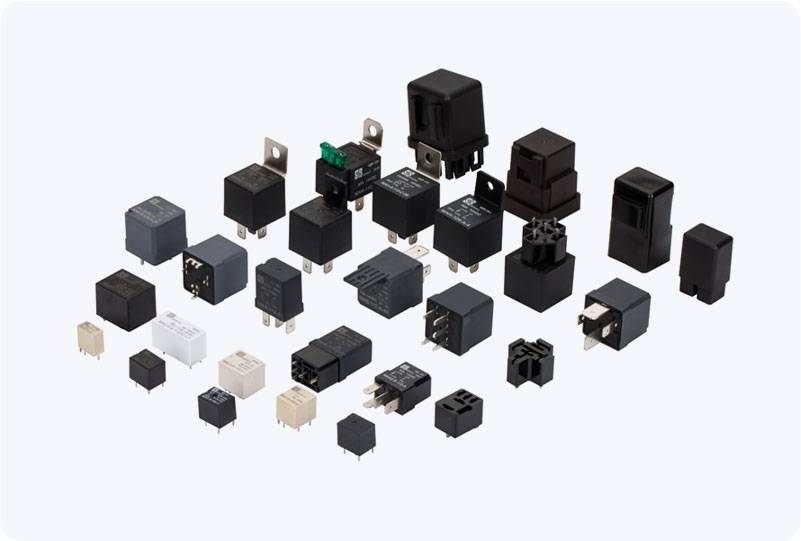A Current Overload Relay is a vital protective device used in electrical systems to safeguard equipment such as electric motors, transformers, and other machinery from damage caused by overcurrent. Overcurrent conditions, often a result of overloading or short circuits, can lead to the overheating of electrical components and ultimately result in severe damage or even complete failure. This article explores the function, working principle, types, and applications of the current overload relay, emphasizing its importance in ensuring the longevity and safety of electrical equipment.

What is a Current Overload Relay? A Current Overload Relay is an electrical device that monitors the current flowing through an electrical circuit and protects the connected equipment by interrupting the power supply when the current exceeds a predetermined threshold. It acts as a safeguard to prevent the system from operating under dangerous conditions, thus avoiding possible mechanical failures, fire hazards, or electrical breakdowns. Overload relays are commonly used with electric motors. Motors are particularly susceptible to damage from excessive currents caused by load imbalances, mechanical failures, or blockages. By continuously monitoring the current, overload relays can prevent motors from running under hazardous conditions that could lead to overheating and permanent damage.